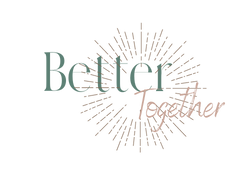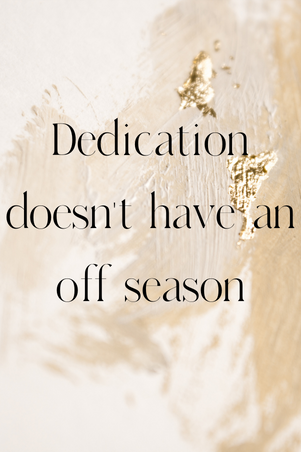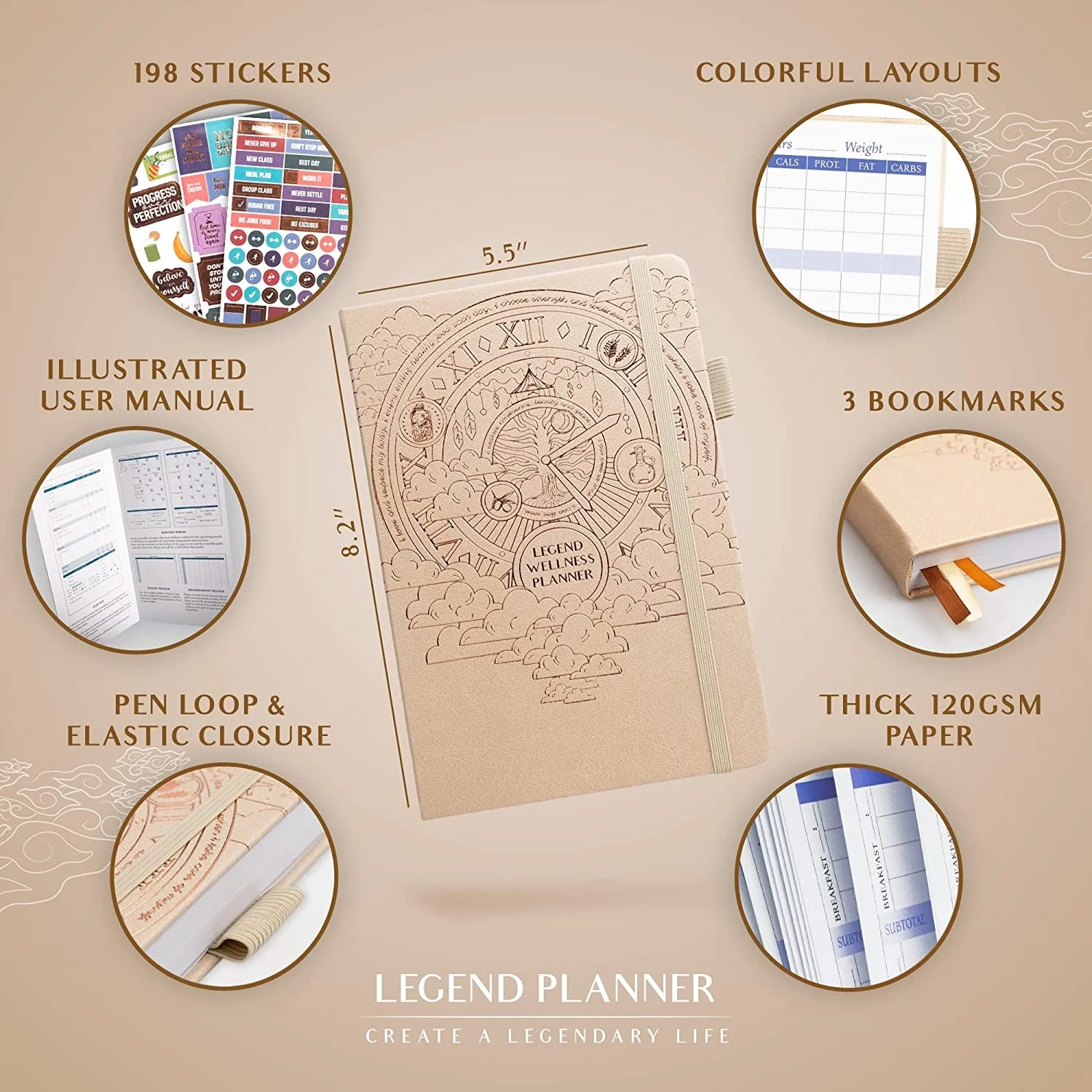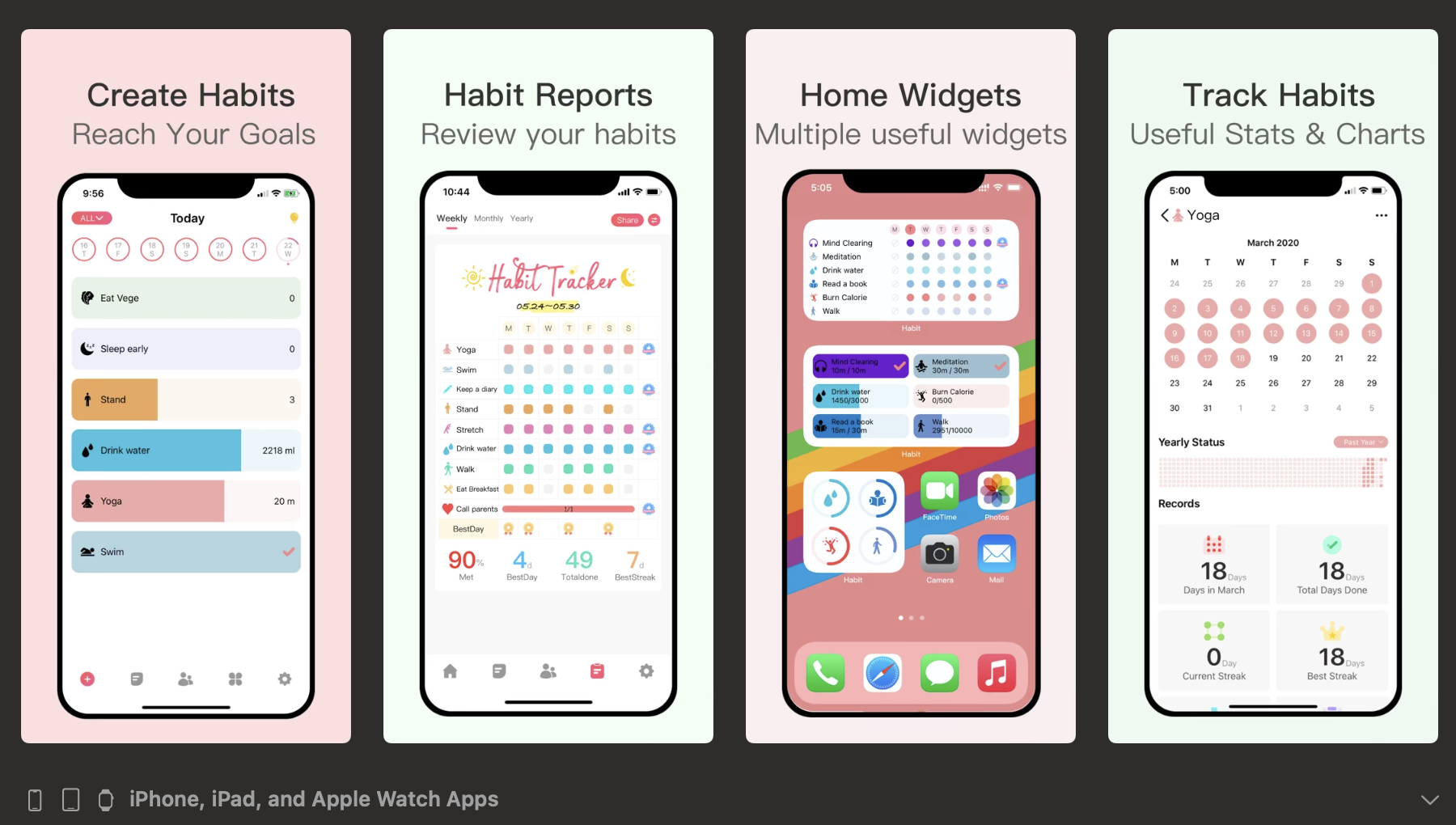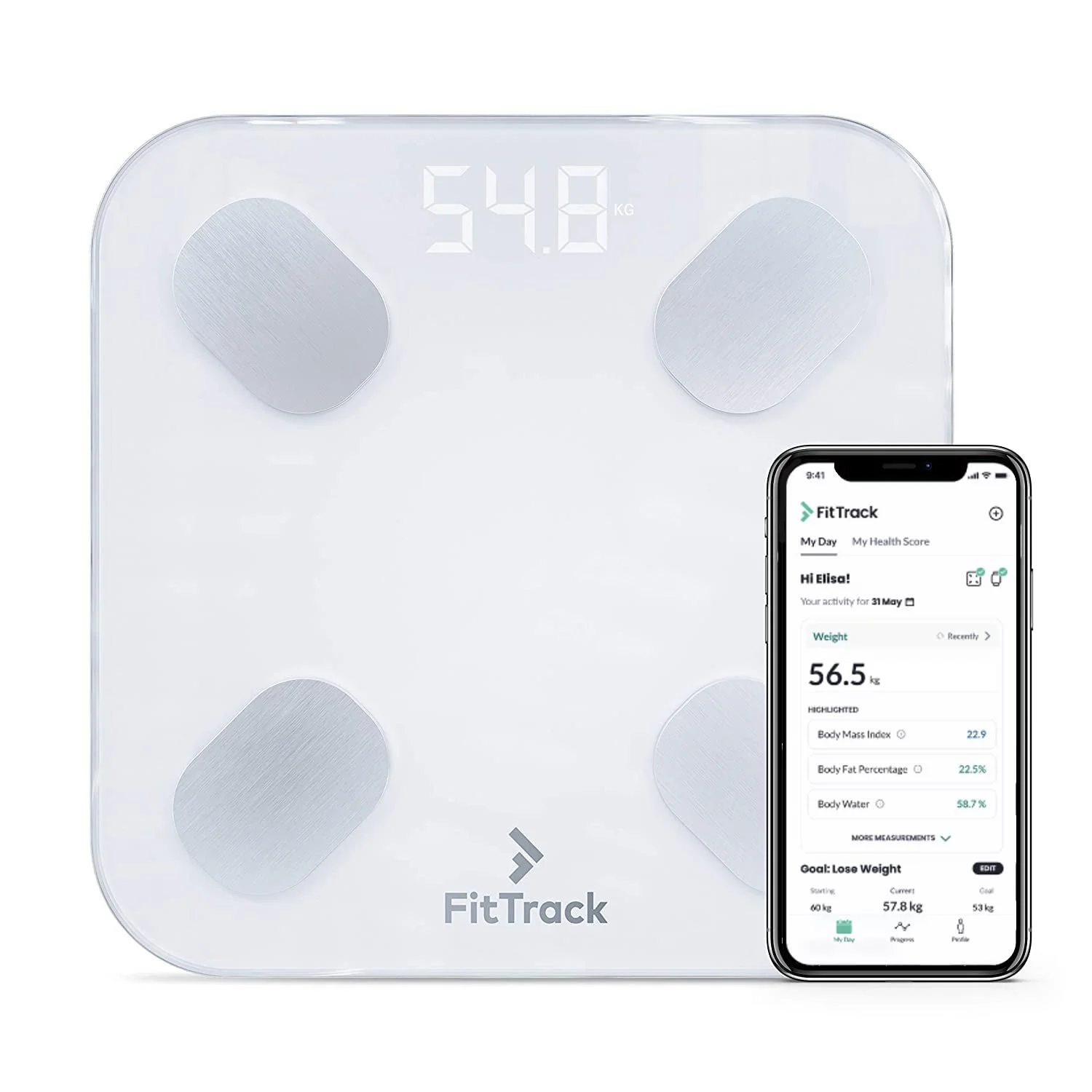How to Create & Track Your Fitness Goals
* This post may contain affiliate links that I receive a small commission off of (at zero cost to you). Please see my full Disclosure policy for any questions. I always appreciate any support to keep this site running!
Thank you!*
Are you feeling ready to make a change to your health and fitness, but aren't sure where to begin? Creating fitness goals can feel exciting and motivating but, also a little intimidating, all at the same time.
Getting your health goals set correctly doesn’t have to be a big obstacle though. You can easily set goals for yourself using the SMART method. This is the same method millions of people have used for all kinds of goals: career, spiritual, financial, educational — you name it. Fitness goals are no exception for allowing this method to set you up for success and work wonders.
How to set SMART Fitness Goals
SMART Goals are:
Specific
Measurable
Achievable
Relevant
Time-Bound
These are important steps to take so that your health & fitness journey doesn’t become something you regret starting. Trust me, I understand how easy it is to utilize that motivation you have on day 1, but without proper guidance and vision it’s easy to get burned out.
While motivation is an important key here, it’s not something you can rely on forever. Think of getting out of bed early each day. At first, you’re motivated to make a change and start your day early with the sunrise, but there will come a day you just want to snooze and stay in bed. This is where Dedication comes in. Being dedicated to a goal wins the race over motivation every single time!
The most important key to your goals needs to be that they are YOUR goals. Being inspired by others is a great way to visualize a goal and narrow down what you really want to achieve, but if the goal isn’t personal to you then you won’t feel the need to keep putting in the work that achieving it requires.
Identify exactly what you want to achieve or what area you want to improve on and build the active steps you need to take in order to achieve that goal.
These goals can be as big or little as you want, so long as they follow the SMART goal guidelines.
For example:
X I want to get more movement in > √ I will walk 5k-7k steps daily
X I want to lose weight > √ I want to lose 20 pounds in 3 months/by summer
X I want to start going to the gym > √ I will workout 2-4x a week for 3 months
X I want to lift more weight > √ I will increase my PR’s by 10 pounds each week
X I want to run a marathon > √ I will increase my running distance by 1 mile each week for 6 months
Goals like these are specific, realistic, achievable, easily measured, relevant to your lifestyle & training habits and come with a timeline.
How To Track Your Goals
The key to tracking your goals and progress is making sure they’re measurable. This is how you know if you’re getting closer to achieving your goals or if you’re slacking in performance anywhere.
Staying on top of your progress is a surefire way to keep you motivated. Not only will seeing your progress make it easier to work towards your goal, you’ll also know when you have achieved it!
Finding a tracking system that works well for you is huge! If you try tracking your goals with something you know you won’t use then you end up wasting money and time and get frustrated trying to play catch up later on.
A designated fitness journal is a great option if you’re someone who likes writing things down like myself. There’s something about physically writing out your goals and the steps you took to achieve it that just makes it seem more real.
I personally liked using this Wellness Planner & Food Journal when I first started working out and changing my eating habits. It was easy to track my nutrition, activities, attitudes and energy levels as it related to my goals and it was designed to last 6 months so it helped keep me accountable with the timeframe I set for my goal.
Once I reached the goal I wanted to achieve first (starting a healthy lifestyle & tracking my meals and activities) I felt comfortable using apps that were more focused on habit tracking to help me with my next goal: remaining consistent & experimenting with new exercises.
The Habit Tracker app has been my absolute favorite and I will never leave it for another tracking app. It allows me to organize everything in the order I’d like to complete my day from start to finish, coordinate which days of the week I want to do what activity and gives me a percentage of my completed tasks so I can grade myself by day, week, month and year. Plus it’s only about $5 a year. You can’t beat that price!
Tracking your fitness goals naturally comes with tracking your body’s response, as well. I don’t like only tracking my weight though. You can tell a lot by your weight of course, but there’s so many other factors that give you an accurate view of what’s really going on with you.
The FitTrack Dara Smart BMI Digital Scale has been my best friend for tracking my goals. This scale dives deep into my biometrics and tells me my weight, body fat percentage, BMI — which I tend to pay little attention to since I’ve been classified in the Very Obese category since forever. Seriously, the BMI scales need some major updating because, I’m not perfect but, according to the BMI charts my suggested weight would have me looking skinnier than a pole and extremely unhealthy. Please don’t rely on BMI charts! Please!
Using the FitTrack Dara Smart Scale also helped me set a realistic weight for my body by telling me my Weight Without Fat. I really wanted to achieve 18-20% body fat which is a pretty healthy range that will allow you to look fit and lean but my mind was set on getting to 150 pounds. With my height and the weight of my bones and organs without any fat, being 150 pounds would have put me at just under 5% body fat — basically a body builder’s body fat percentage during competition, which they don’t even stay at after competing due to its unhealthy effects on the body after prolonged periods.
Another plus for me was the scale’s Body Age metric. As I got healthier and remained consistent with my goals, I noticed my body looked and felt better, which naturally allows us to live longer lives, but seeing my body’s age determination go down was such an added bonus. There’s nothing better than being told you look younger by others, but when a scale even says your body is operating at a level of someone in their 20’s once you hit your 30’s…ahh that’s just the cherry on top!
Be Prepared to Make Changes Based on Your Progress
Keeping track of your progress is an important step in taking control of your health that also helps you decide what’s really working for you. Getting things right may take some time and require you to be flexible — it’s possible you’ll have to revise your ambitions if you encounter a fitness setback, or you may have to challenge yourself if you reach your goals sooner!
Remember that while your goals should challenge you they should also be realistic. This doesn’t mean that you shouldn’t dream big! Simply be sure that you’re challenging yourself with goals that suit your health and lifestyle.
Now that you know how to set SMART goals & have tips for tracking them, you’re ready to take action!
As you set your goals, write down your reasons for selecting them and the specific details of the goal itself. Will your goals improve your quality of life? Will they help you feel stronger and healthier so you can be more active with your friends and family? Setting meaningful goals will help keep you committed to working towards them.
Once you’ve decided on what your new fitness goal is, you can make time for exercise, and map out your plan to achieve it!
It may seem like a lot of work goes into setting and working towards a goal, but once you’ve achieved it, it’ll be easier to set the next goal! It’s like the saying “the first million is always the hardest to make.”
You are more than capable of crushing your next fitness goal! People all around the world do it every day, so there’s no way you can convince yourself it’s not possible for you too.
As Always, We Wish You the Best,
Let’s Do BetterTogether!
